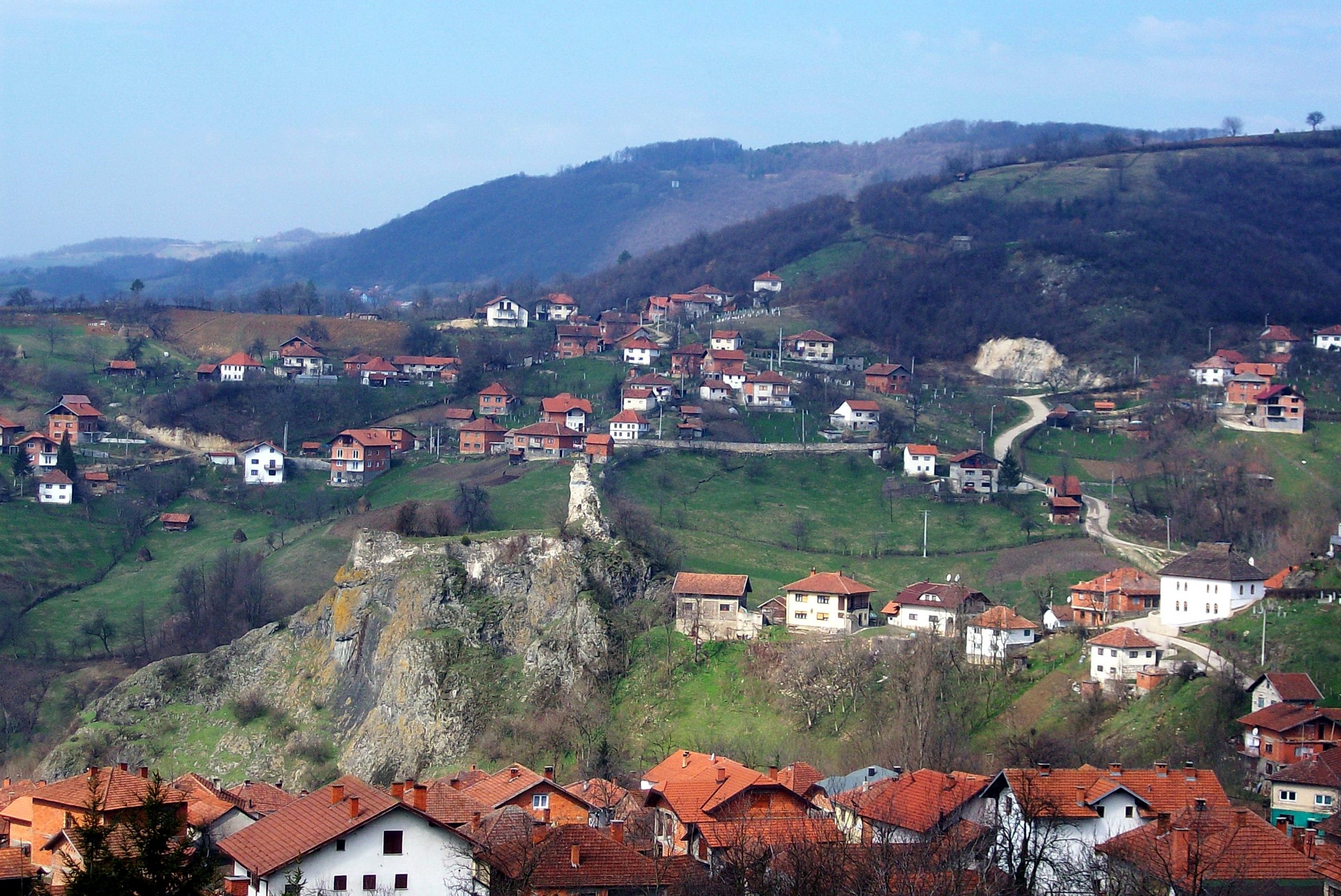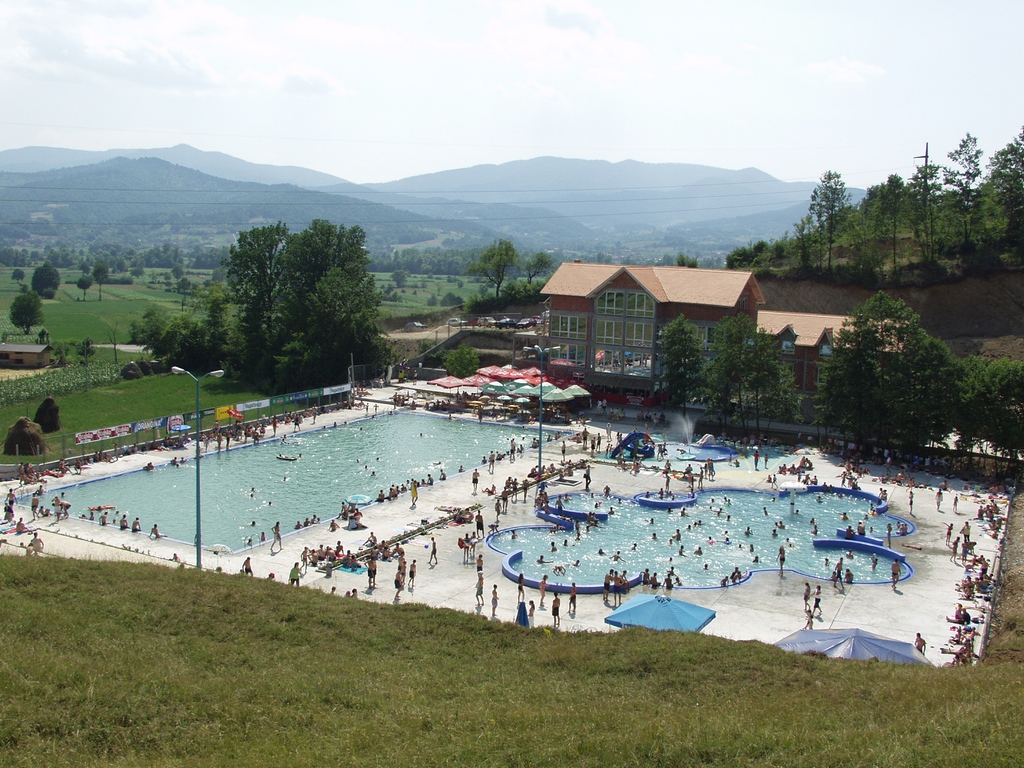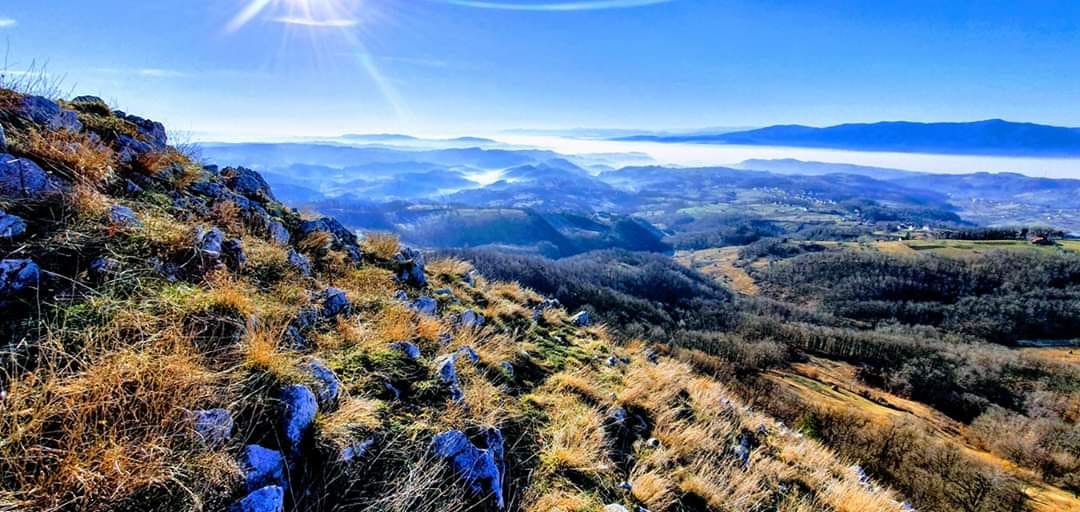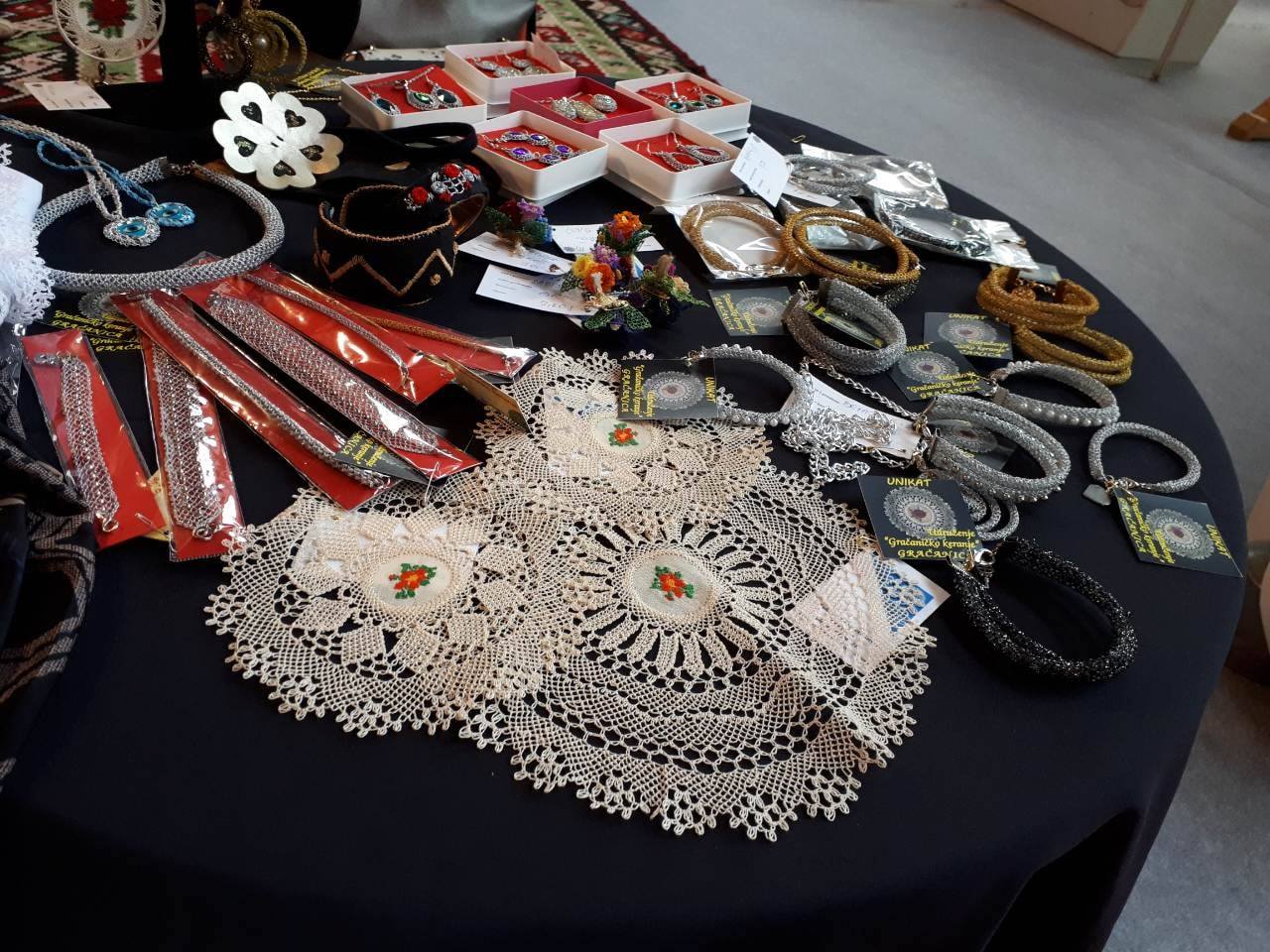There are towns that, just as they are, remind you of people—and Gračanica will remind you of the young and old age of both a young and an old Bosnian from the Valley of the Spreča River and its hillocks; and it is a single widely open household with its host standing before the front gate and the courtyard to welcome a guest. And he will break a peace of whatever food he has got and give it to the guest, his soul above all else—that is, he will give that which Gračanica is abundant with! Ćamil Sijarić

Author: Semra Hodžić
Kotromanić dynasty’s seat
A small town nestled in the lower valley of the Spreča River is said to have originated in the Middle Ages at the time when the town of Soko was built on a steep rock above Sokoluša Brook in the southern foothills of Mount Trebava. The medieval town of Soko lies six kilometres away from the centre of present day Gračanica, in a village bearing the same name, which used to be the largest settlement in the county, while the whole area was known for an iron ore mine. Ruins of a medieval castle tell stories to the wind of what it was like to be the seat of the Kontomanić dynasty which would later become a mining village and then a town. The earliest known historical reference to Soko dates from 19 June 1449—it was the town of Duke Radivoj, one of Kontromanić dynasty’s most influential figures in the Medieval Bosnian state, and the brother of the Bosnian King Stjepan Tomaš. Soko was designated as a national monument of Bosnia and Herzegovina. The Old Mosque in close proximity to Soko, which archaeologists believe was originally a feudal court, was also designated as a national monument.

Royal decree issued by Suleiman the Magnificent
Gračanica was known as the place where diligent tradesmen and craftsmen had gathered since ancient times, which was confirmed by a royal decree issued by Sultan Suleiman the Magnificent. In 1548, during the Ottoman Empire, Gračanica had all the features of a basic urban, economic and cultural unit so it fulfilled the requirements to officially become a kasaba—a town neighbourhood. After receiving a document confirming this status, the town saw a rapid economic development in terms of service, craft and trade shops, and in 1572 it became the administrative seat of the kadiluk—a local administrative subdivision of the Ottoman empire, which was the territory of a kadi, or judge—comprising Gradačac, Sokol, Modriča, Orašje and Srebrenik counties. These historical facts speak of a continuous economic development and the entrepreneurial spirit of this municipality.
Nine national monuments
Nine national monuments are a great source of pride in Gračanica. One of them is the town’s most iconic symbol which adorns the town centre—the seventeenth century, 27-metre high Clock Tower. Since the tower is leaning to one side, it is also goes by the name of “the Pisa of Gračanica”. Anyone who happens to visit Gračanica is in awe of an old Bosnian house situated in the Varoš neighbourhood which is also known as Mara Popović’s House dating back to the 19th century. Even though visitors associate it with the best developed type of traditional Bosnian house, those more familiar with this architectural style will tell you that it is “an aghan country house”. Other monuments worth visiting while in Gračanica are Mula Dedino turbe (tomb) dating back to the second half of the 15th century, Osman-kapetanova medresa (madrasah), Konak building or the City Hall, and within a 300-meter radius three gorgeous places of worship: Ahmed Pasha Mosque or the White Mosque which dates back to the 17th century, an Orthodox temple called the Church of the Resurrection of Christ, and a Catholic church called the Church of the Assumption of the Blessed Virgin Mary.
Healing waters
In addition to the rich cultural and historic heritage, Gračanica boasts healing thermal and mineral waters reaching 37 degrees Celsius at their springs, and 26 to 22 degrees Celsius in pools. “Terme” spa complex is within 500 metres of the Doboj-Tuzla road. Pools in this spa have been used for treatment of various medical conditions since the 19th century and they are the reason why Gračanica is a well-known tourist destination featuring spa and recreational facilities. Pool water is also used to obtain natural gas which is used in various industries.

Vis—the most popular picnic spot
When the people of Gračanica go to nature, they typically frequent Vis, a picnic spot situated above Babići Village eight kilometres away from town, on the highest point of Mount Trebava. Intact nature is drawing a growing number of visitors seeking to enjoy fresh air, hunt wild animals or simply take advantage of the views from Vis and Sijedi krš rock reaching beyond three different mountains—Vlašić, Konjuh and Majevica—and the lowlands of Posavina, and all the way to the town of Brčko and Sava River. Concrete dugouts built by the former Yugoslav People’s Army and two large artificial lakes in Šemunica forest attract particular attention. In warm weather, you can play futsal and sand volleyball in Vis too.

In Mara Popović’s House, members of the Association “Čračaničko keranje”, women who nurture the old traditional handcrafts—thread lace or crochet—busily crochet. The most popular item they craft is the “Srebrenica Flower” which is nowadays commonly worn on the lapel.
